
More than 3,500 kilometres from Montreal, at a reception in a condominium overlooking the San Juan Islands in Washington State, where we sat during the late afternoon and watched barges loaded with granite heading south, possibly to Seattle, and ferries bound for the islands and Victoria slip from the dock below, a woman handed me a book she’d been saving for just this moment — Cuisines Collectives MultiEthniques: La Richesse de Parc-Extension.
It’s like a homecoming far from home. And, except for mis-spelling Park Ex, the book is perfect. So is the woman, the lovely Theresa, who grew up in Park Ex at the same time as I did, but who attended Catholic schools and therefore moved in different social circles from mine.
The book is exhaustive, more than 200 recipes, but only one for salmon (Saumon à l’oriental, with the inevitable ginger and unexpected cayenne). Just as well, for the wild salmon are being depleted. Anacortes, where we’re staying for a few days, once canned more salmon than any other place on earth. In season, the rivers positively boiled with the fish.
On our second night in Anacortes, which lies about halfway between Vancouver and Seattle, we bought some wild sockeye, what’s left of it in the wild, and feasted.


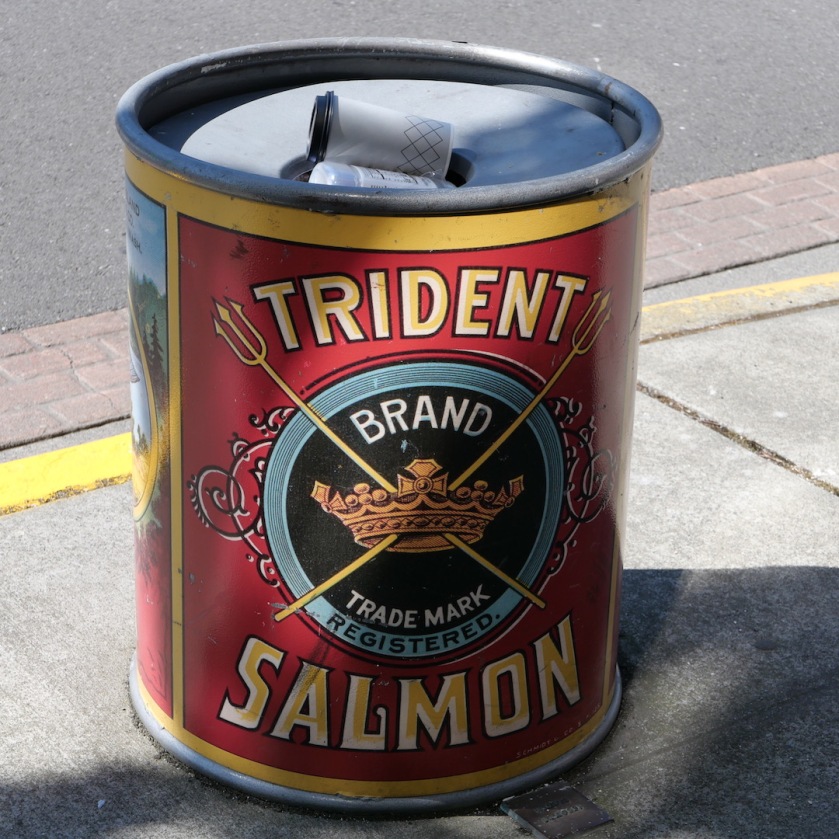

Everett
The day before we arrived in Anacortes, we endured a terribly long drive from the Seattle airport to Anacortes. No one had warned us of the risks of driving by Everett, which lies about halfway along the route. It was a Friday afternoon, around the time when the massive Boeing plant in Everett releases a torrent of people and cars in every direction. Traffic is bumper-to-bumper on roadways for miles around, and this near-gridlock added more than an hour to our drive.
I’ve never seen the plant, but our hosts informed us that, at 13.3 million cubic metres, it’s the largest building, by volume, in the world. It covers nearly a hundred acres and employs 1.8 million people. It’s so big that it has a pack of bloodhounds for locating missing visitors, and is built over a titanium mine and aluminum smelter, for the convenience of making aerospace components in-house.
And yet, for such a massive operation, the Everett Boeing plant has just one bathroom, which means the lineups must be positively horrendous. To my mind, this is bad planning, and perhaps explains why their airplanes keep falling from the sky.
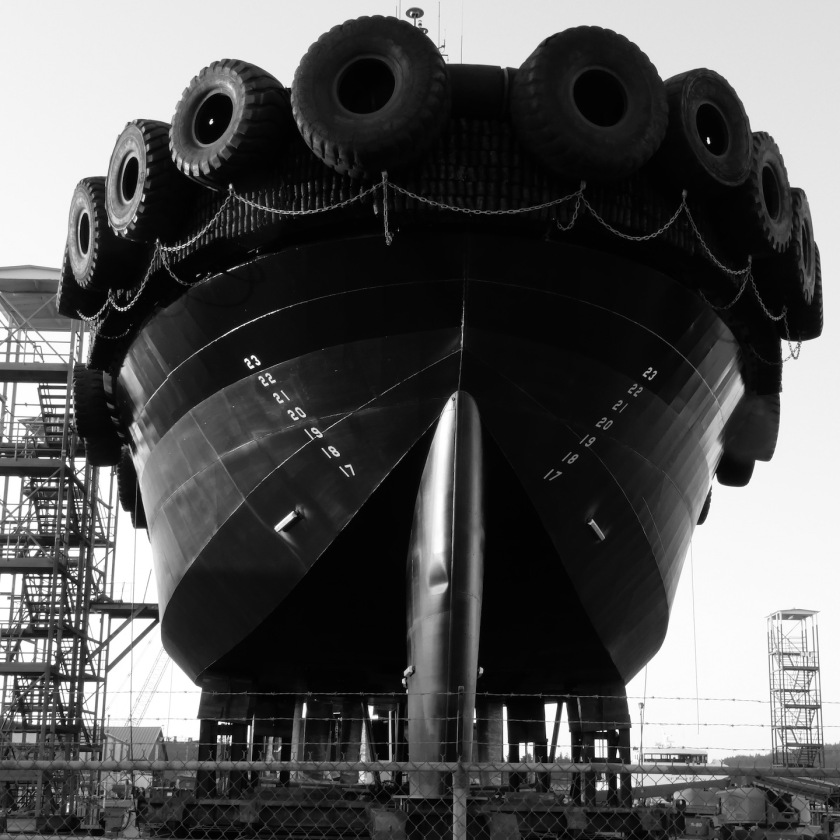
Lovric’s
Someone from Anacortes has to tell you about Lovric’s, otherwise you’ll drive right past the place on your way to the ferry terminal. Guidebooks don’t mention Lovric’s Seacraft, but it may well be the best reason to visit Anacortes. This was our third visit to Anacortes, and we made the pilgrimage to Lovric’s on the first day.
The place was founded in 1965 by Anton Lovric, a Croatian naval architect and marine engineer. He died some time ago, and the business is now run by his widow and two sons.


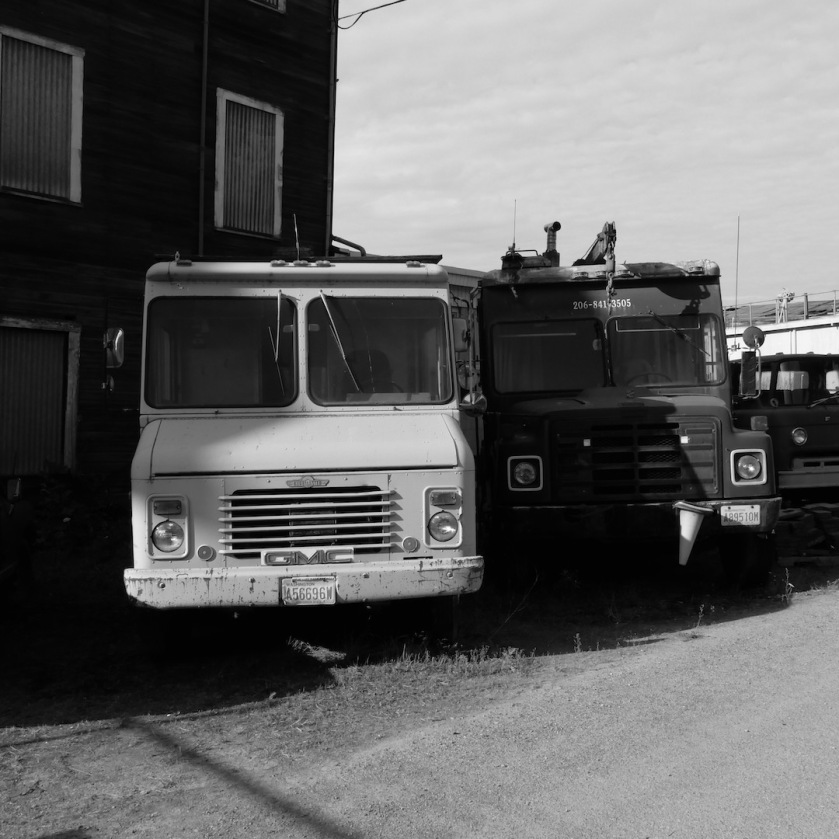

But here’s what makes Lovric’s interesting. Two years later after Anton Lovric founded it, needing a northern breakwater, he beached an old four-masted schooner, La Merced, alongside the business and filled its hold with sand. Before its retirement, La Merced had spent decades sailing up and down the coast and across the Pacific. At its last commercial gig, when La Merced was slow and arthritic, La Merced served as a floating fish cannery in Alaska.
In the fifty years since, mature trees have burst through the schooner’s decks. Bushes and vines sprout from holes in the wooden hull. And alongside its vast haunches, like an invisible gas, an air of decay and menace.

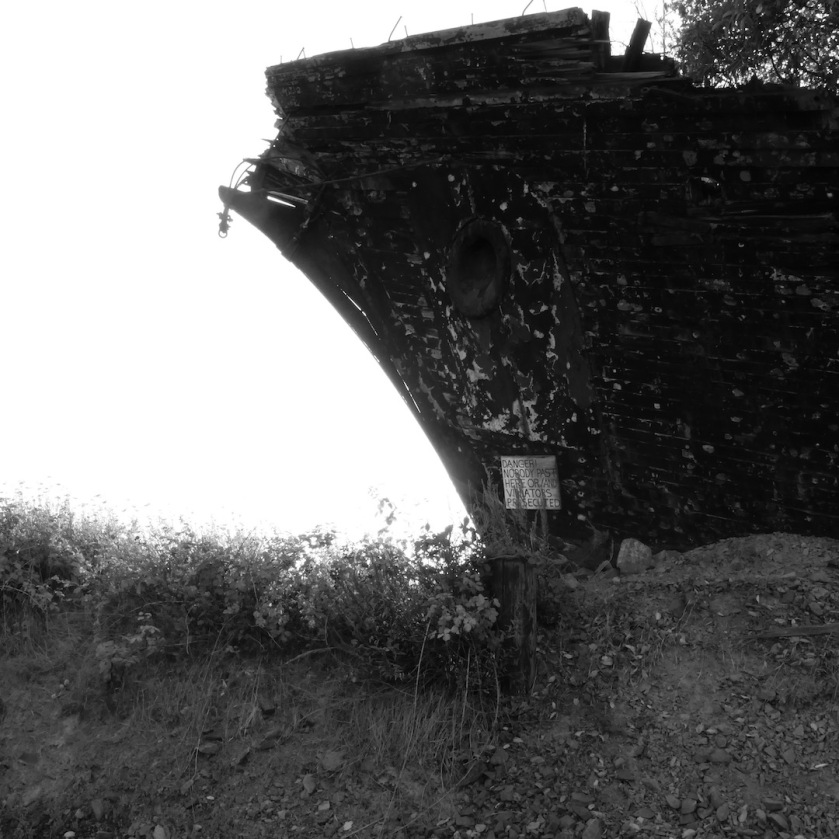
Long before he emigrated to Anacortes, during the Second World War, the Nazis sent Lovric for hard labour at Dachau. I wonder, did the prisoners share memories of pre-war meals and cigarettes under starlit skies, the breath of their beloved warm in their ears?
And did they leave with a hunger to get on with life, but also with a knowledge of a darkness, at the northern edge of things, a knowledge that never goes away?
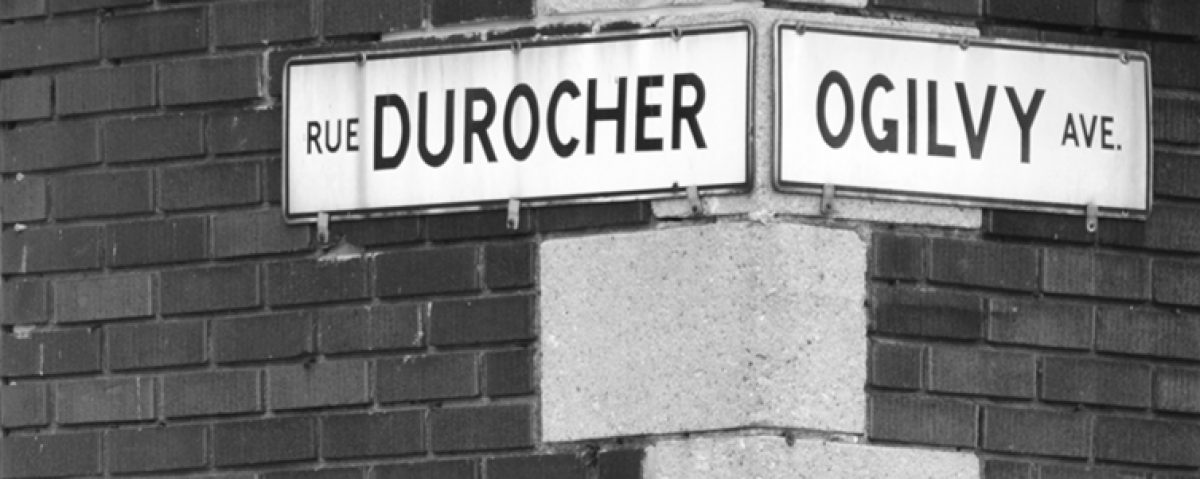
Endlessly interesting. I thought I’d been in the largest building in the world – the Palace of the Parliament in Bucharest. Thanks to you I now know that it is only #10 on the list, but it is the largest legislature building. It is also the heaviest building we’ve cobbled together – go figure! The building in France where the A380 is assembled ranks 3rd on the list. I learned this from the internet machine. Airplanes require space. This I surmised from simple observation.
I would wager that Ceaucescau’s Palace, the A380 building and Dachau all have more than one bathroom. Boeing needs to learn that bathrooms and flight safety software are not optional. You could be on to something big here.
LikeLike
Gerry, we’re always learning from each other. Who needs the Google when I have you?
LikeLike
All very interesting. Great photos. I’m still puzzled by Lovric.
LikeLike
It is puzzling, yes.
LikeLike
I know you are not using a Brownie. Great shots all the same.
LikeLike
I don’t understand. What do you mean?
LikeLike